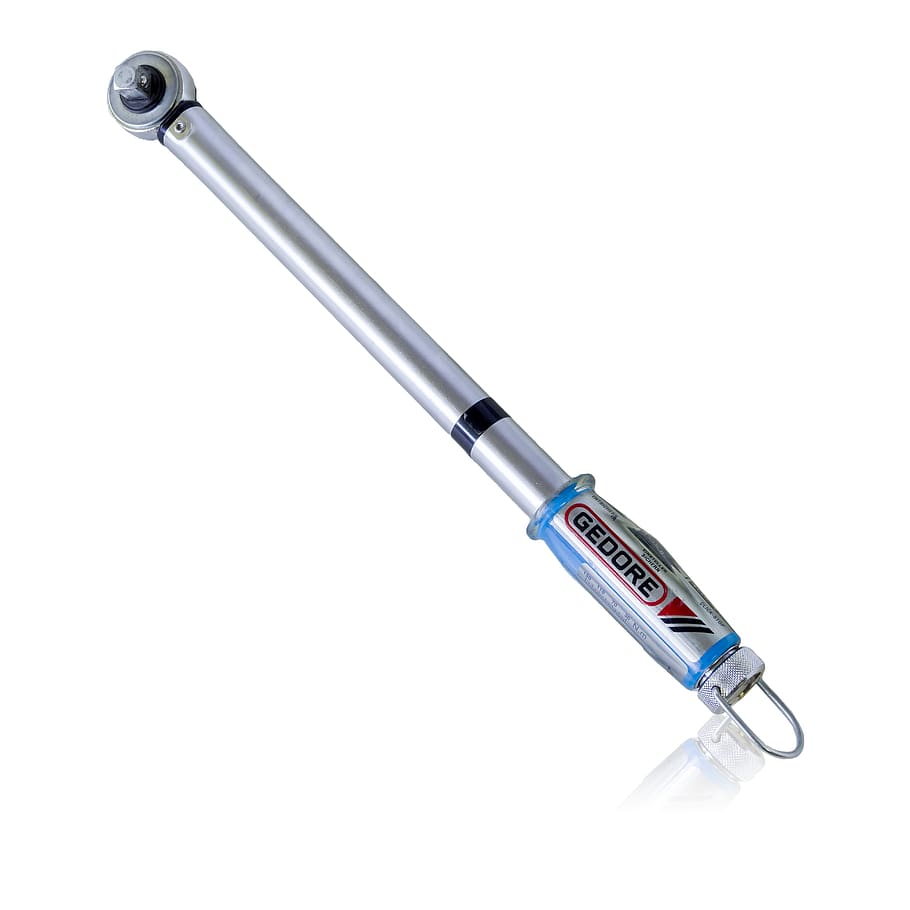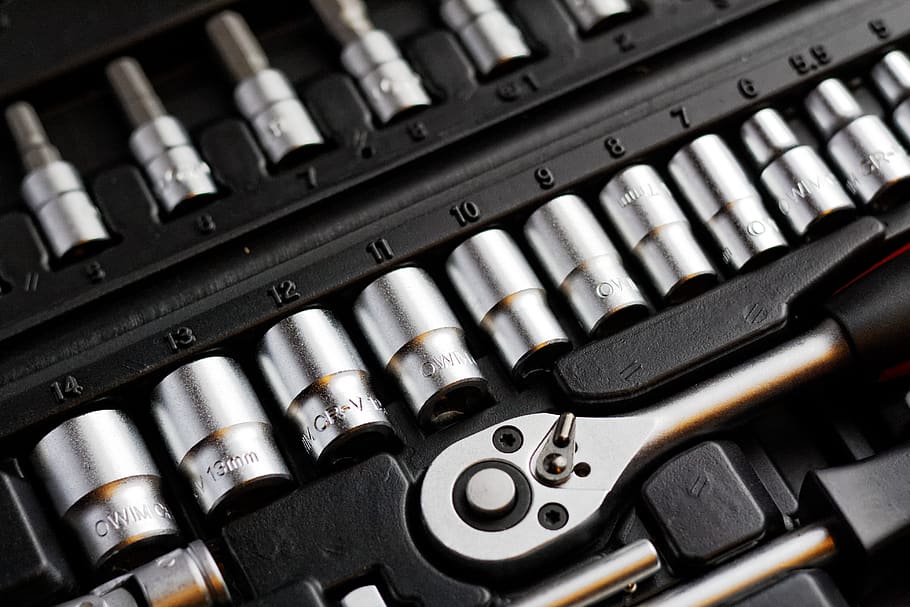Hello there, savvy readers! Have you ever wondered why using a torque wrench is a must in your toolbox? Well, wonder no more! In this comprehensive guide, we’re diving into the world of torque wrenches, exploring what torque is, why using a torque wrench is crucial, and how to pick the right one for your needs. So, let’s get down to nuts and bolts and uncover the power of precise tightening!
1. Unraveling the Mystery of Torque
Before we delve into torque wrenches, let’s uncover the mystery behind torque itself. Torque is the magic that happens when you apply force to an object in a certain way. Imagine trying to loosen a wheel nut with your bare hands—applying force directly won’t do the trick. You need to extend that force by using a lever, just like Archimedes lifting the world with a fulcrum. The result? Torque, which is the product of force and distance.
2. Why Torque Wrenches Matter
Now, you might be wondering, “Why do I need a torque wrench when I have good old muscle power?” Well, my friend, a torque wrench is more than a tool—it’s a metrological marvel. Metrology is all about precise measurements, and that’s exactly what a torque wrench delivers. It helps you apply the recommended torque values specified by manufacturers. No guesswork, no approximations—just accurate tightening that’s essential for safety and optimal performance.
3. The Magic Inside the Torque Wrench
So, how does this magic tool work? A torque wrench has two main components:
The adjustment system: This part influences the tension of a spring, which in turn affects the force applied.
The torque application part: This is the section that interacts directly with the screw or nut. It’s designed to rotate with a specific force. When the force exceeds the set torque, a telltale release noise lets you know that your target torque has been reached.
4. The How-To: Using Your Torque Wrench Right
For the best results, using your torque wrench requires a bit of prep work. Make sure the threads you’re working with are in good condition—cleaned, tapped, and greased if needed. This ensures accurate readings and proper tightening. Manufacturers often use angular tightening, which involves rotating the screw or nut by a precise angle, guaranteeing the right level of tension regardless of thread condition.
5. Choosing Your Perfect Torque Wrench

Now, how do you choose the right torque wrench for your toolkit? Consider the torque range you’ll need—this depends on the tasks you’re tackling. A quality torque wrench (ranging from 20 to 200 N) typically costs between $150 and $250. Remember, investing in a reliable tool pays off in the long run, ensuring your projects are done safely and accurately.
6. Common Tightening Torques to Know
To give you a head start, here are some common tightening torques for various tasks:
Wheels: 7 to 9 DaN (steel rims) and 10 to 12 DaN (aluminum rims).
Wheel hubs: 25 to 30 DaN.
Steering knuckles: 4 to 5 DaN.
Spark plugs: 2 to 4 DaN.
Shock absorbers (upper fixing nut): 6 DaN.
“DaN” in this context refers to “Decanewton,” which is a unit of force. 1 Decanewton (DaN) is equal to 10 Newtons (N). It’s a unit commonly used in engineering and mechanics to quantify force.
Tightening the Right Way
There you have it, folks! A comprehensive guide to using torque wrenches like a pro. By understanding the power of torque, embracing the precision of a torque wrench, and choosing the right tool for your needs, you’re well-equipped to tackle any tightening task that comes your way. Just remember, accurate tightening isn’t just about getting the job done—it’s about ensuring safety, avoiding damage, and taking your DIY skills to the next level. So, go ahead, unleash the power of precise tightening, and let your projects shine!

